In October 2017, an astronomer observed an object zooming past our sun at an incredible speed. The astronomer was Robert J. Weryk, and he noticed this bizarre object while he was recording images at the Haleakala observatory in Hawaii. This object was then named ʻOumuamua which loosely translates to a messenger from afar arriving first or scout. Apart from its drastic speed of 94,800 km/h (58,900 mph), its strange inclination clued astronomers to the fact that it was not from our solar system. It had traveled on a U-shaped hyperbolic orbit around the sun and was going back into interstellar space. The object was observed by the PAN-STARRS-1, 40 days after it made its closest journey to the sun, this was at 0.25 AU. It was also observed to be spinning rapidly.
The following drawing shows ʻOumuamua’s position during its visit to our solar system. It came closer to the Sun than Mercury. The closest it got to the Earth was 0.22 AU, which represents a distance light travels in roughly 1.7 minutes. The sun in comparison is about a full AU from the earth (8.32 min.). While it came close, it was not a threat to us. Albeit pretty fast as it reached an incredible 87.71 meters per second (315,756 km/h) while passing the Sun, ʻOumuamua would still have taken 1 hour and 37 minutes to reach Earth at that speed from the closest point from Earth it traveled by.
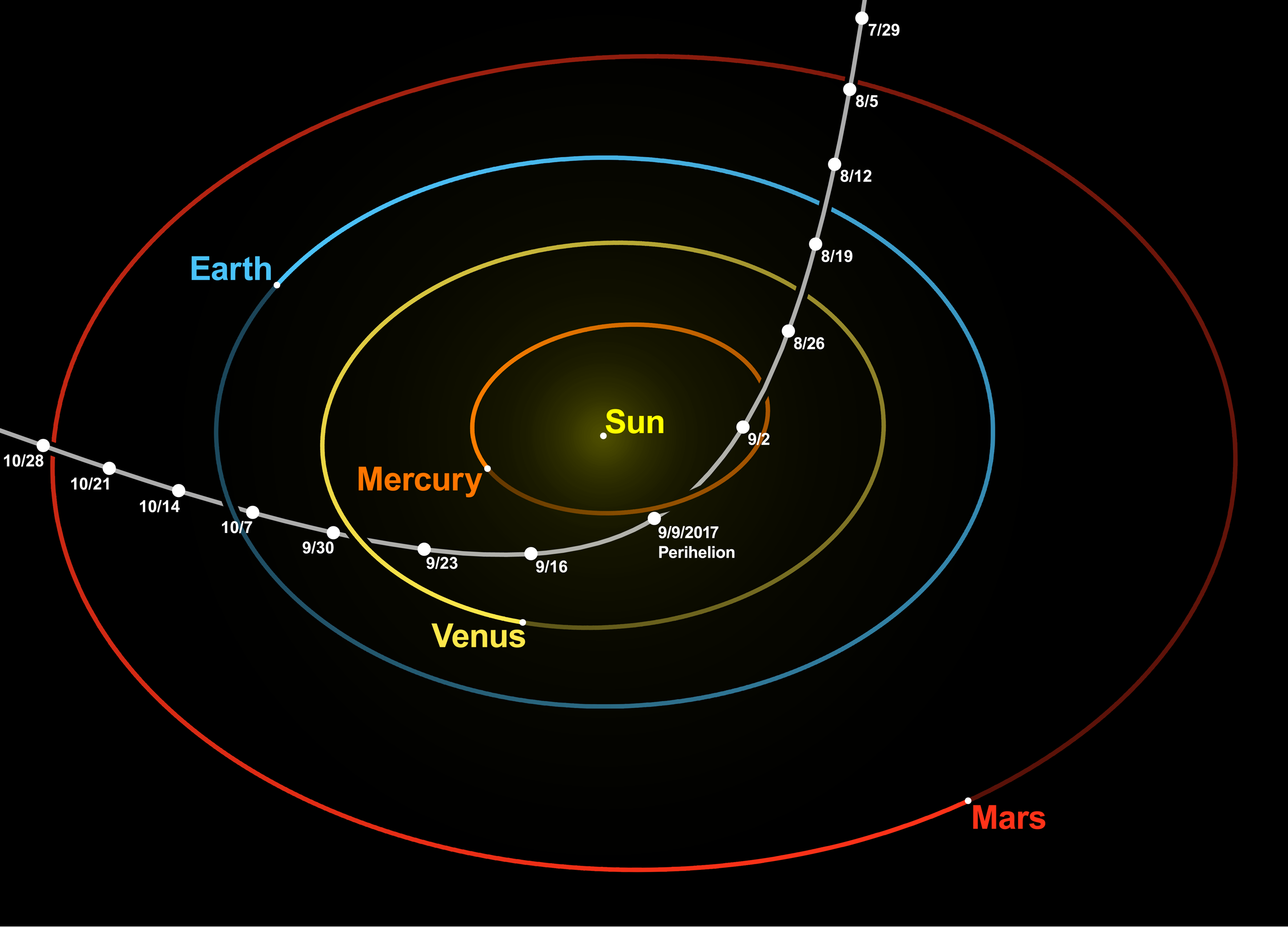
There had been a long-standing belief among astronomers that such objects existed, but this was the first concrete proof that this was true. Planetary scientist Alan Stern, among others, predicted as far back as 1997, that we would one day see such interstellar visitors. Especially since we can detect asteroids and comets being periodically ejected from our solar system, it would make sense that one day we would receive the visit of interstellar asteroids and comets from other systems. On its discovery, observatories and telescopes all around and above the world clamored to learn more about this interstellar interloper. NASA’s Hubble Space Telescope as well as numerous ground-based observatories were used to create data around this mysterious object. ʻOumuamua was found to be between 1,300 feet and 2,600 feet. It was also said to be approximately 0.5 miles. Its width is reportedly six times smaller than its length. The object was also a dark red color.
Though this discovery was expected, ʻOumuamua was not what it was expected to be. Astronomers had expected the first interstellar object spotted to be a comet similar to the recently discovered 2I/Borisov. Nothing about this object was ordinary, and this drew a lot of speculation and theory. From its outward appearance, ʻOumuamua strikes out as an asteroid.
The object has caused a lot of controversy among astronomers. There have been different takes on just what exactly ʻOumuamua is. Initially, it was reported that the object was a comet. This is because of its high speed. They theorized this high speed to be due to the object outgassing material and ultimately creating a jet that pushed it along. If it is a comet, ʻOumuamua is 10 times more reflective than the comets found within our solar system maybe because of its outgassing nature that leaves streaks of ice underneath it. Some astronomers have been quick to debunk this theory since it did not leave a puffy coma behind it when it moved as comets do. There was just no tail at all. Supporters of this theory stated that the released gas could have contained very few tiny dust particles that they were practically invisible.
It was also noted that comets have more of an icy appearance, ʻOumuamua on the other hand has a dry and rocky appearance that is not consistent with comets and is more consistent with asteroids. It was also speculated to be an asteroid, but there wasn’t enough evidence to prove that. Although interesting, these theories have their supporters and debunkers in equal measure.
So what is ʻOumuamua exactly?
This answer is very murky, and there are several theories and beliefs. Retracing its steps is an astronomical task. Information left behind by this interstellar visitor is limited.
- A longstanding belief is that ʻOumuamua is a rock from another planet and due to gravitational forces, it was thrown away from its original star system. It has also been presumed to be remnants of a comet that disintegrated as it approached the sun. Yun Zhang and Douglas N. C. Lin created computer simulations to prove that objects similar to ʻOumuamua could be created if tidal (created by gravitational pull) from its star were exerted on larger objects. Saturn’s rings, for example, are said to have been created after moons broke apart due to gravitational forces. The two also stated that tidal forces could also throw objects out of their natural systems. Using computer modeling, they also demonstrated the amount of heat involved during this process. This demonstration showed that the original body of the piece that broke apart would melt a short distance away from the original body, it would then re-condense further away creating the elongated crust that is similar to ʻOumuamua’s. This theory, the scientists said, could account for many similar asteroid-like interstellar objects present in our Milky Way. In a nutshell, they proved that when an object comes close to its star, approximately 354,000 km (220,000 miles), the star’s gravity exerts a force on it that throws it out, stretches it and shreds it. This is known as tidal disruption. For smaller objects, they have to be very close to their star before this disruption occurs. The formation of objects similar to ʻOumuamua would depend on the composition of the parent rock. The violence and sheer force of this process would result in many shards that would be thrown into space, never to be seen again.
This simulation also showed that the heat from the star would vaporize any liquid on the surface of the parent planet. Ice within the rock would still be present and this would explain the water vapor that propelled ʻOumuamua when it approached our Sun. Once they melt and become solid once again, they form a stronger crust and this would also explain why it didn’t crumble when it approached the Sun.
Other researchers have agreed with this theory stating that tidal forces could be the force behind debris-disks, comets, and perhaps even Super-Earths forming ʻOumuamua-like objects during encounters with stars.
- The most fascinating theory yet is that ʻOumuamua could come from an advanced and distant civilization. Shmuel Bialy and Avi Loeb from the Harvard Smithsonian Centre for Astrophysics have speculated that the object could be a gossamer-thin LightSail. They were of the idea that the object was a piece of space junk that found its way into our solar system by accident. Or it could be a ship sent on an exploratory mission to find out more about our world. This theory supports the fact that there could be aliens among us and few astrophysicists have been quick to support these claims.
 Loeb, however, contends that this is a very plausible theory and should be investigated (see his book: Extraterrestrial). Another theory that supports the fact that ʻOumuamua could be sent by aliens was because of its strangely elongated shape and its path in and out of our solar system. Some astronomers even theorized that the object could have been from an alien probe. They have debunked the theory that ʻOumuamua could be a comet. This is because if ʻOumuamua’s trajectory was to be because of its outgassing, it would have caused a rapid change in the way the object was spinning and this was not observed. If the object is indeed a LightSail, Loeb says that radiation pressure could be the cause of its propulsion. “We explain the excess acceleration of ʻOumuamua away from the sun as the result of the force that the sunlight exerts on its surface. For this force to explain measured excess acceleration, the object needs to be extremely thin, of order a fraction of a millimeter in thickness but tens of meters in size. This makes the object lightweight for its surface area and allows it to act as a LightSail. Its origin could be either natural (in the interstellar medium or proto-planetary disks) or artificial (as a probe sent for a reconnaissance mission into the inner region of the solar system).” Professor Loeb was quoted to have said. After calculations, they found that a sail that was 0.3-0.9 millimeters would be enough for a sheet of solid material to survive a journey throughout the galaxy. However, they did not know ʻOumuamua’s mass density, which would also be a determining factor. This sail could survive collisions with gas and dust grain as well and also hold out against tidal and centrifugal forces.
Loeb, however, contends that this is a very plausible theory and should be investigated (see his book: Extraterrestrial). Another theory that supports the fact that ʻOumuamua could be sent by aliens was because of its strangely elongated shape and its path in and out of our solar system. Some astronomers even theorized that the object could have been from an alien probe. They have debunked the theory that ʻOumuamua could be a comet. This is because if ʻOumuamua’s trajectory was to be because of its outgassing, it would have caused a rapid change in the way the object was spinning and this was not observed. If the object is indeed a LightSail, Loeb says that radiation pressure could be the cause of its propulsion. “We explain the excess acceleration of ʻOumuamua away from the sun as the result of the force that the sunlight exerts on its surface. For this force to explain measured excess acceleration, the object needs to be extremely thin, of order a fraction of a millimeter in thickness but tens of meters in size. This makes the object lightweight for its surface area and allows it to act as a LightSail. Its origin could be either natural (in the interstellar medium or proto-planetary disks) or artificial (as a probe sent for a reconnaissance mission into the inner region of the solar system).” Professor Loeb was quoted to have said. After calculations, they found that a sail that was 0.3-0.9 millimeters would be enough for a sheet of solid material to survive a journey throughout the galaxy. However, they did not know ʻOumuamua’s mass density, which would also be a determining factor. This sail could survive collisions with gas and dust grain as well and also hold out against tidal and centrifugal forces.
Also supporting their theory is the fact that ʻOumuamua orbited at 0.25 AU from the sun, which is close enough to earth while still far enough from the sun’s radiation. He further stated that many of these probes could have been sent before until one finally came close enough to earth.
Continuing to Learn About ʻOumuamua
With ʻOumuamua disappearing into space, it is becoming progressively difficult to observe it. Many have thought perhaps we should send a spacecraft to intercept it. A British Nonprofit Initiative for Interstellar Studies (i4is) came up with Project Lyra. This project was meant to be a mission that would take astronomers to the stars.
They noted that ʻOumuamua was moving away from our solar system at double the speed of Voyager 1, the fastest spacecraft created by man. ʻOumuamua travels at about 800 million kilometers (500 million miles) per year meaning that in the 2030s it will enter interstellar space. The founders of the project suggested that by launching a spacecraft using one of the world’s most powerful rockets, they could propel the spacecraft to the object. This would be assisted by gravity from Jupiter and the Sun. Their proposal would see the spacecraft launched in 2030 and it would meet ʻOumuamua in 2049. It would travel 32 billion kilometers (20 billion miles) in approximately 20 years. Voyager 1 in comparison, covered 64 billion kilometers (40 billion miles) in double the years. This journey would most likely face challenges, one of them being simply finding ʻOumuamua in the vast interstellar space.
Astrophysicists have pointed out that visiting an interstellar object would bring about both technical and huge financial challenges. It would be much easier for astronomers to wait for these objects to come to us instead of going to them. Intercepting such an object would come down to timing. Had we had a spacecraft waiting when ʻOumuamua was observed, it would have been possible. Hopefully, with the new generation of telescopes, intercepting interstellar objects would be more common since we would be able to see them better.
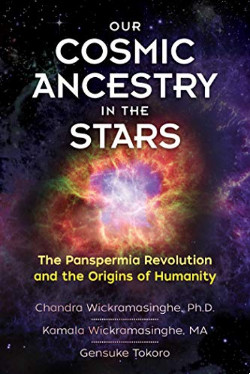 Before ʻOumuamua, there was already a belief that these objects were present and after its citing, it has been theorized that there could be trillions upon trillions of similar entities within our galaxy. There is also a belief that microbes could have attached themselves to ʻOumuamua-like objects and spread everywhere through space. This being referred to as panspermia (See the book Our Cosmic Ancestry in the Stars for more details about this theory).
Before ʻOumuamua, there was already a belief that these objects were present and after its citing, it has been theorized that there could be trillions upon trillions of similar entities within our galaxy. There is also a belief that microbes could have attached themselves to ʻOumuamua-like objects and spread everywhere through space. This being referred to as panspermia (See the book Our Cosmic Ancestry in the Stars for more details about this theory).
Adding on to the mystery surrounding ʻOumuamua, Michele Bannister from the University of Canterbury in New Zealand states that ʻOumuamua most likely came from a comet and not a Super-Earth. They were also skeptical of its shape stating that observations that it was cigar-shaped could be false. They cited a paper published last year that concluded that the interstellar interloper may have very well been pancake-like in shape instead. This shape would be similar to Arrokoth (MU69—often referenced as the Space Snowman).
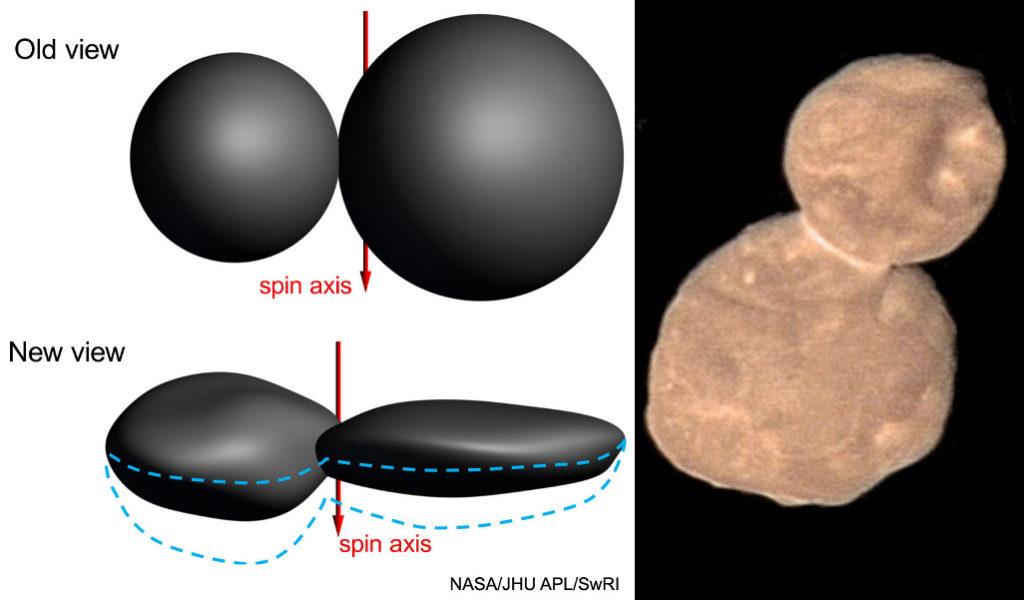
ʻOumuamua is still shrouded in mystery, much like a lot of matters concerning space. Is it an asteroid? Is it a Comet? Is it a piece of a parent rock from another world? Or is it an alien probe? If it is indeed an asteroid, how would you explain its orbit, which is similar to that of a comet? If it is a comet, what happened to its tail? I’d like to think that it’s an alien spacecraft, but with limited scientific evidence, this might just be a dream. Until a similar object is observed, we might never have concrete answers. Let us know what you think in the comments below.
A 2021 View on ʻOumuamua
In 2021, a group of scientists looked in the type of gas required to push ʻOumuamua to the speeds it had when leaving the solar system. The fact is that gravity could not explain the acceleration. We know that comets often accelerate when closer to the Sun as their tail generates a natural push. But ʻOumuamua is not considered a comet.
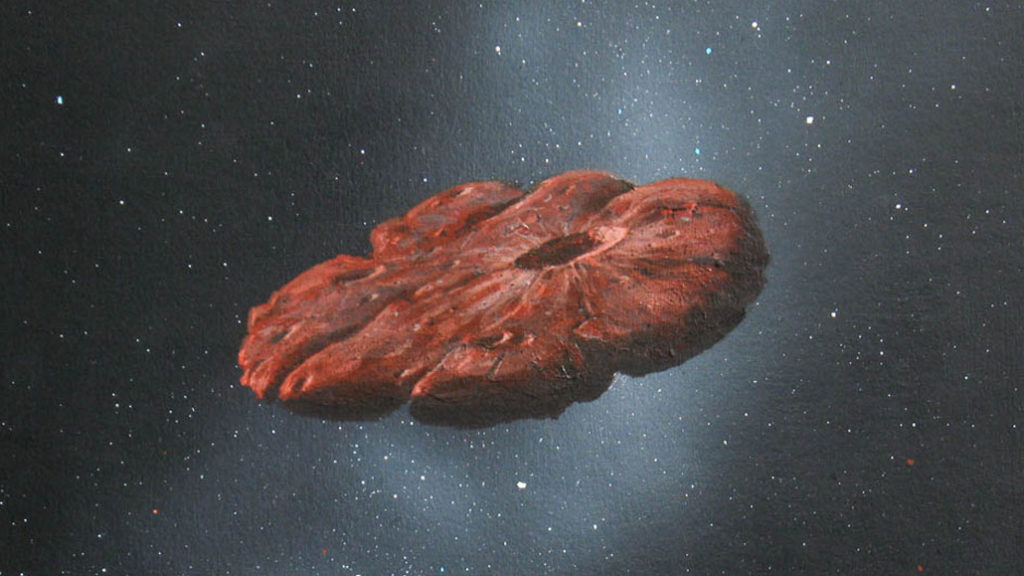
The fact is that there is one gas that can definitely give ʻOumuamua the necessary push: Nitrogen. This is a gas we often find on dwarf planets in the Kuiper Belt. We have such planets: Pluto, Makemake, Chiron, Eris, Ceres, etc.
The scientists then calculated the possibility that chips of such dwarf planets could have been thrown into interstellar space. The probability is actually pretty high in our solar system. This is due to the fact that Neptune moved further out after its formation and that created a lot of disturbances in the Kuiper Belt, disturbances that could very well generate the necessary trajectories for large objects to hit each others and generate large chips of dist and nitrogen like ʻOumuamua.
At the moment, this is only a theory since we do not have a way to verify that ʻOumuamua is indeed composed of much nitrogen. But astrophysicists are now thinking that interstellar objects like ʻOumuamua may actually be much more common than previously thought. We may be able to discover one such object every 12 months or so. To help in these discoveries, the European space agency sent two satellites: one to better observe space for such object (Vera Rubin Observatory) and the other to attempt to have close ups (Comet Interceptor). Starting this year, only 4 years after our first discovery, we should learn a lot more about interstellar objects.
Comet Borisov (2I/Borisov)
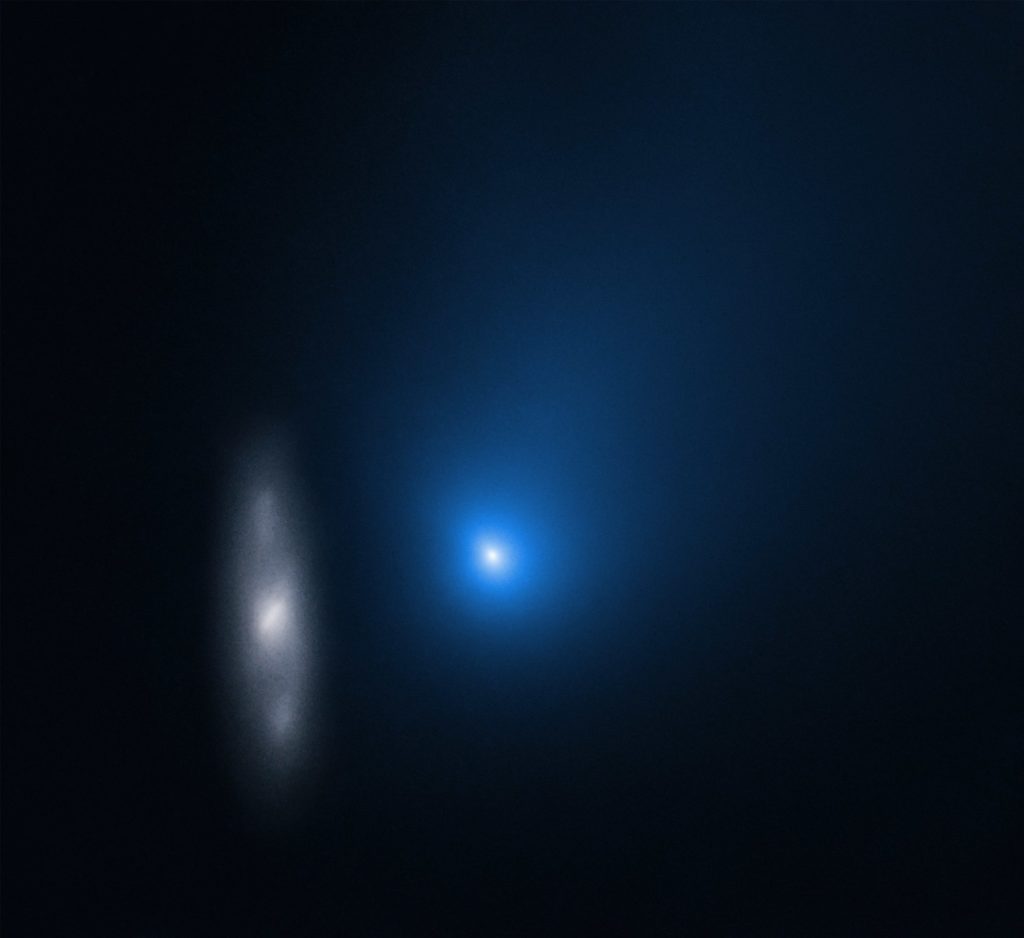
On August 30, 2019, Gennadiy Borisov, an amateur astronomer, found a new comet.
Observations by astronomers revealed that the comet was actually another interstellar interloper and not a solar system object. As such, the comet was named 2I/Borisov (2 as it is the second such object found and I as in Interstellar).
Although the small object, between 1.4km and 16km in diameter, passed by our Sun at about 2 AU (two times the Earth-Sun distance), the Sun burned it up so much that it fragmented. The comet tail, though, was about 14 times the size of the Earth.
The closest the object made it to Earth was 300 million kilometers. From that distance, we have difficulties to measure size, rotation, and shape in the short amount of time the comet stayed in our Solar System. However, we can much better determine the composition of the object. The comet was around 65% water (H2O) and included carbon dioxide (CO2) and amines (R-NH2) which gave the comet a blue tail. In comparison, the tail of our Solar System comets are generally composed of diatomic carbon (C2).
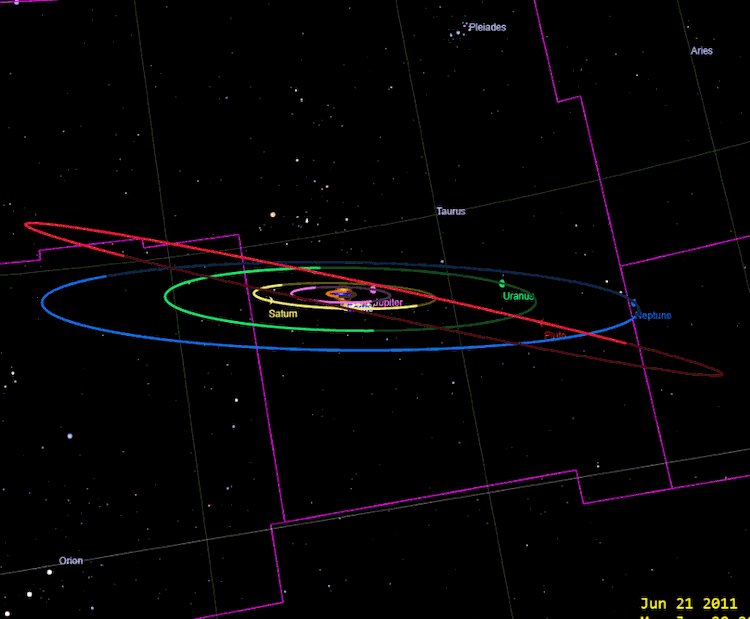
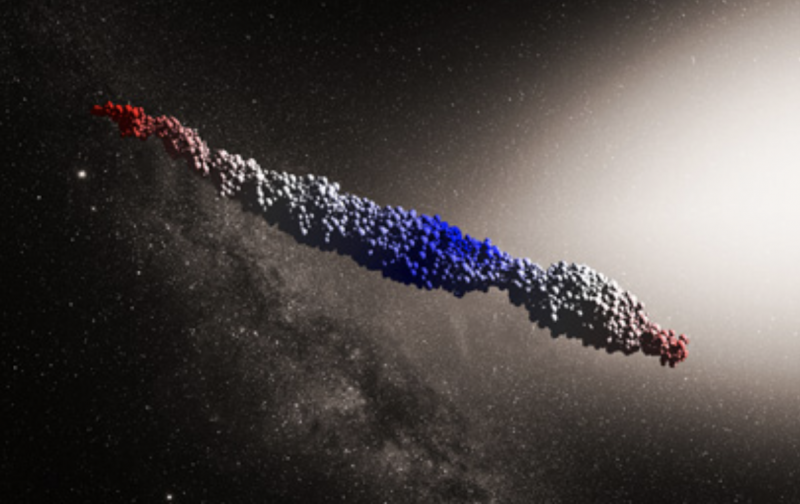
Leave a Reply